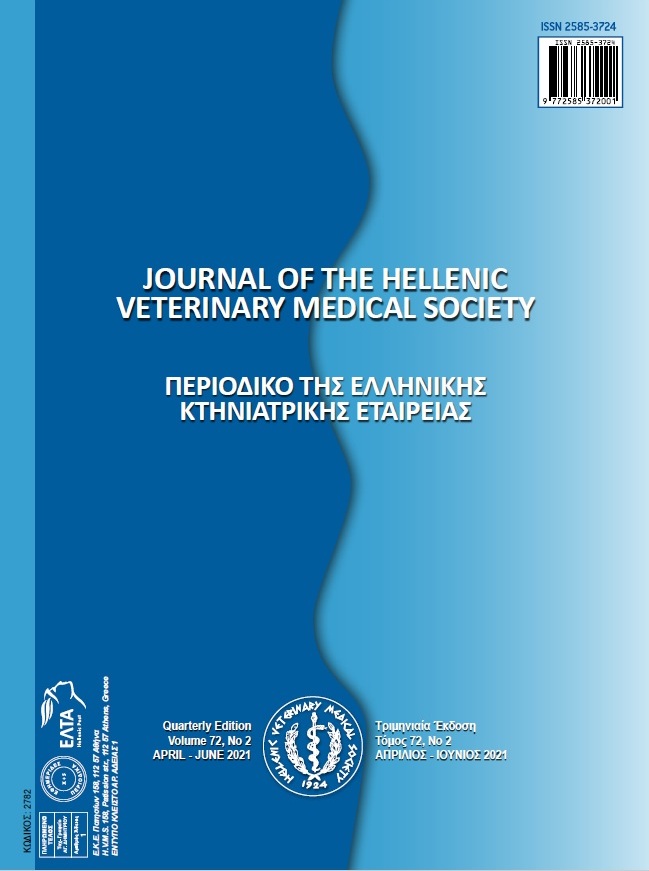Seasonal variation on bee venom collection. The impact on some biological aspects on Apis mellifera

Abstract
Bee venom was collected by electrical stimulation from Apis mellifera macedonica every six and twenty-four days respectively for two years. Collections were accomplished from April to October the first year, and from May to October the second year. The bee venom yield and the bees’ behavior like the aggressiveness, the number of dead bees on the collecting device and the hoarding behavior were studied. A great variation was found among the colonies regarding the collected amount of bee venom. The production was high in spring, decreased in summer and increased again in autumn in both years. Two different tests were used to study the defensive response of honeybees. The rhythmic reflux of a leather ball in front of the hive and the test of rating assay. Both tests showed that bees’ aggression did not significantly increase after collection. Furthermore, the aggressiveness of bees did not change during the period of collection. The average number of dead bees found on the wires of collecting device,was below 20 in each collection. Hoarding test indicates that no significant differences existed between before and after the stimulation of worker honey bee by electrical impulses.Τhe collection of BV did not affect brood and adult population of bees.
Article Details
- How to Cite
-
ARGENA, N., TANANAKI, C., THRASYVOULOU, A., Goras, G., KANELIS, D., & LIOLIOS, V. (2021). Seasonal variation on bee venom collection. The impact on some biological aspects on Apis mellifera. Journal of the Hellenic Veterinary Medical Society, 72(2), 2861–2868. https://doi.org/10.12681/jhvms.27524
- Issue
- Vol. 72 No. 2 (2021)
- Section
- Research Articles

This work is licensed under a Creative Commons Attribution-NonCommercial 4.0 International License.
Authors who publish with this journal agree to the following terms:
· Authors retain copyright and grant the journal right of first publication with the work simultaneously licensed under a Creative Commons Attribution Non-Commercial License that allows others to share the work with an acknowledgement of the work's authorship and initial publication in this journal.
· Authors are able to enter into separate, additional contractual arrangements for the non-exclusive distribution of the journal's published version of the work (e.g. post it to an institutional repository or publish it in a book), with an acknowledgement of its initial publication in this journal.
· Authors are permitted and encouraged to post their work online (preferably in institutional repositories or on their website) prior to and during the submission process, as it can lead to productive exchanges, as well as earlier and greater citation of published work.


